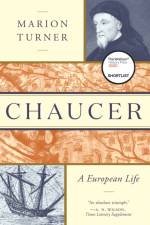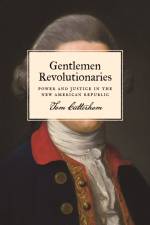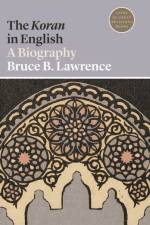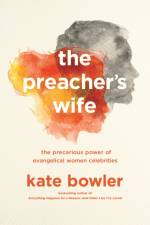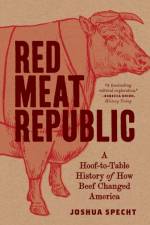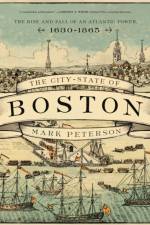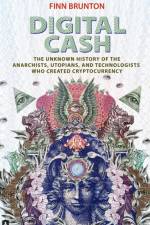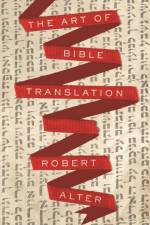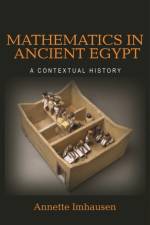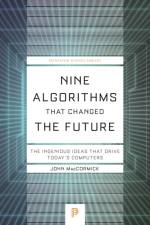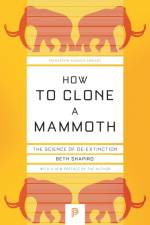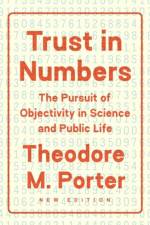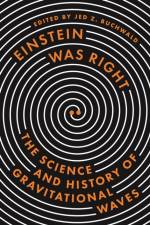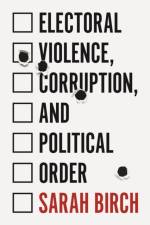- Leonardo da Vinci and the Mastery of Nature
av Leslie A. Geddes
749
"An exploration of depictions and use of water within Renaissance Italy, and especially in the work of polymath Leonardo da Vinci. Both a practical necessity and a powerful symbol, water presents one of the most challenging problems in visual art due to its formlessness, clarity, and mutability. In Renaissance Italy, it was a nearly inexhaustible subject of inquiry for artists, engineers, and architects alike: it represented an element to be productively harnessed and a force of untamed nature. Watermarks places the depiction and use of water within an intellectual history of early modern Italy, examining the parallel technological and aesthetic challenges of mastering water and the scientific and artistic practices that emerged in response to them. Focusing primarily on the wide-ranging work of Leonardo da Vinci (1452-1519)-at once an artist, scientist, and inventor-Leslie Geddes shows how the deployment of artistic media, such as ink and watercolor, closely correlated with the engineering challenges of controlling water in the natural world. For da Vinci and his peers, she argues, drawing was an essential form of visual thinking. Geddes analyses a wide range of da Vinci's subject matter, including machine drawings, water management schemes, and depictions of the natural landscape, and demonstrates how drawing-as an intellectual practice, a form of scientific investigation, and a visual representation-constituted a distinct mode of problem solving integral to his understanding of the natural environment. Throughout, Geddes draws important connections between works by da Vinci that have long been overlooked, the artistic and engineering practices of his day, and critical questions about the nature of seeing and depicting the almost unseeable during the early modern period"--


